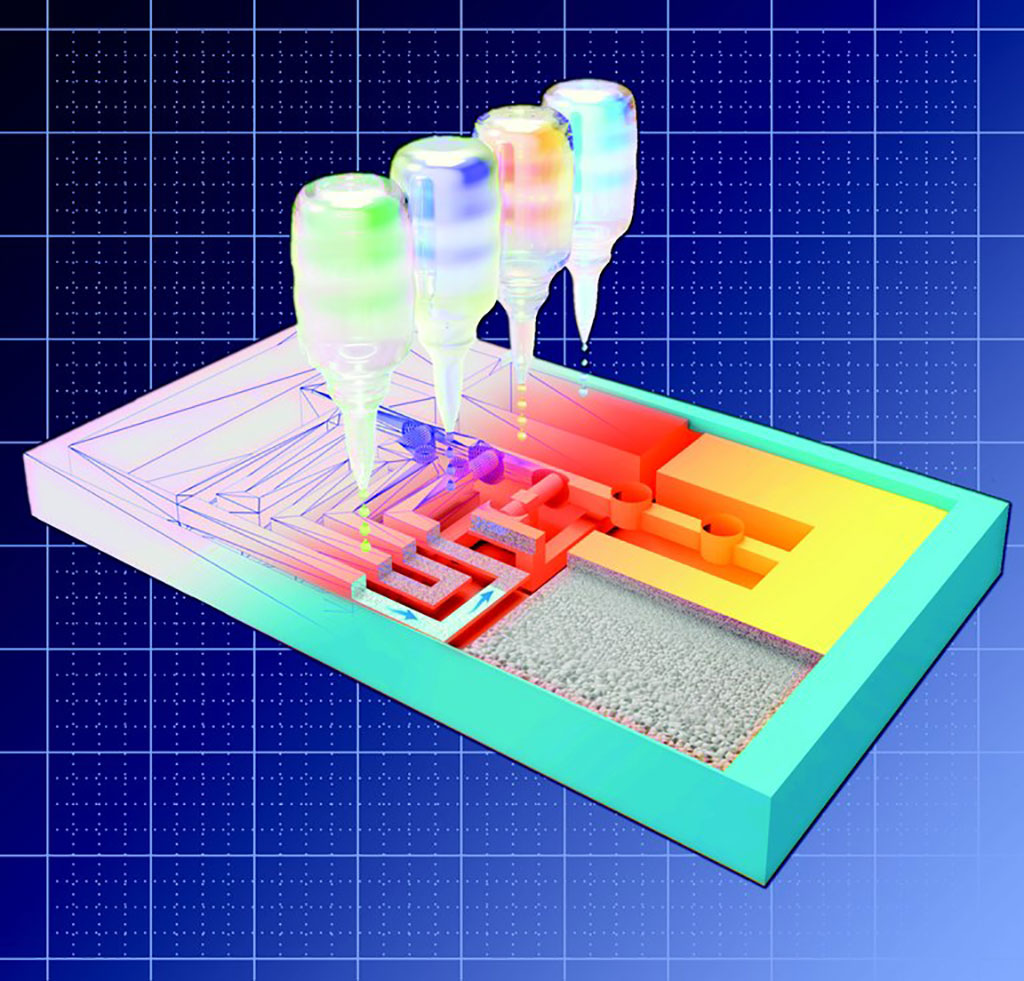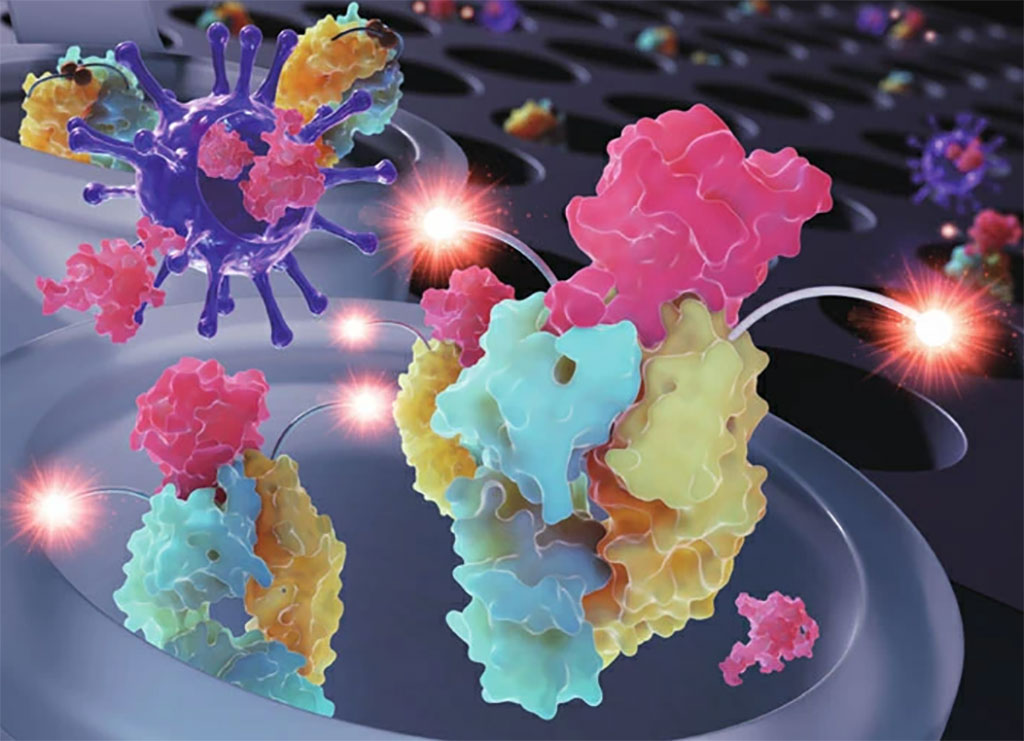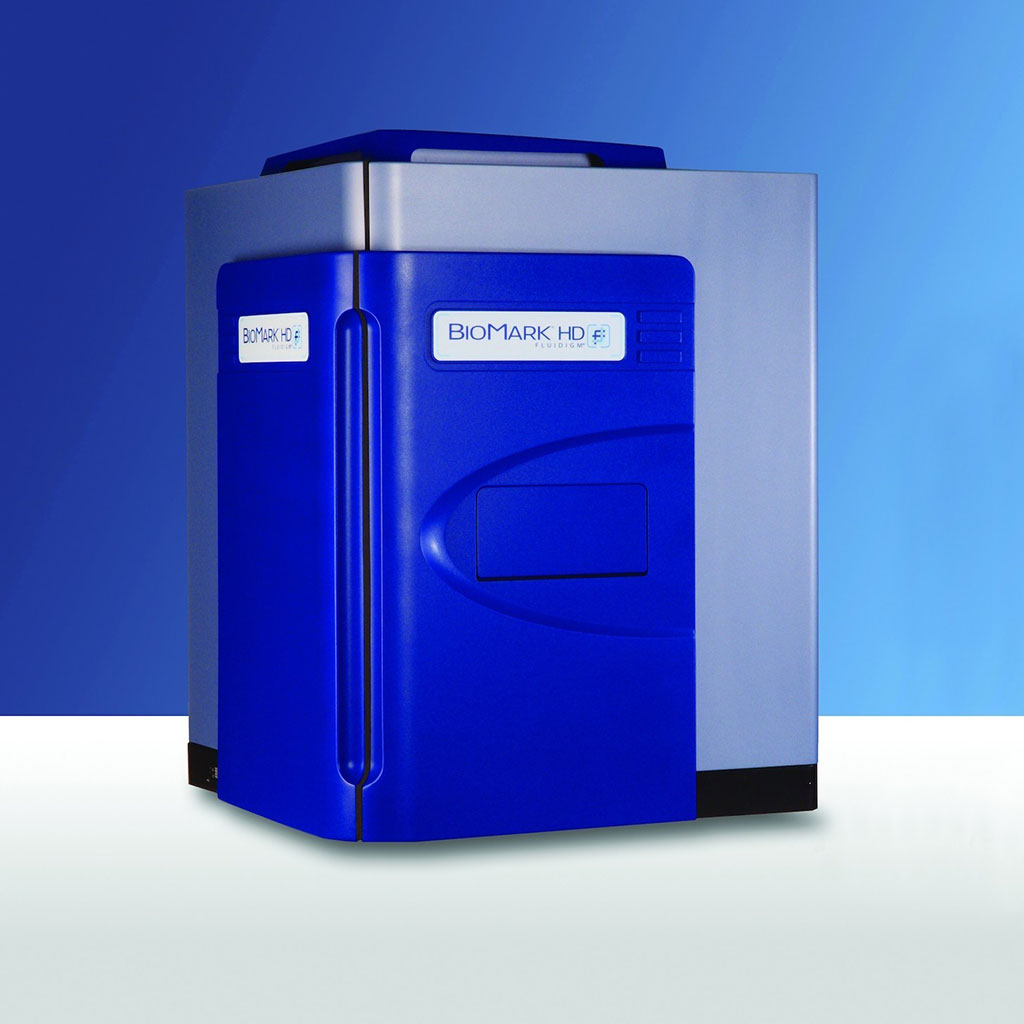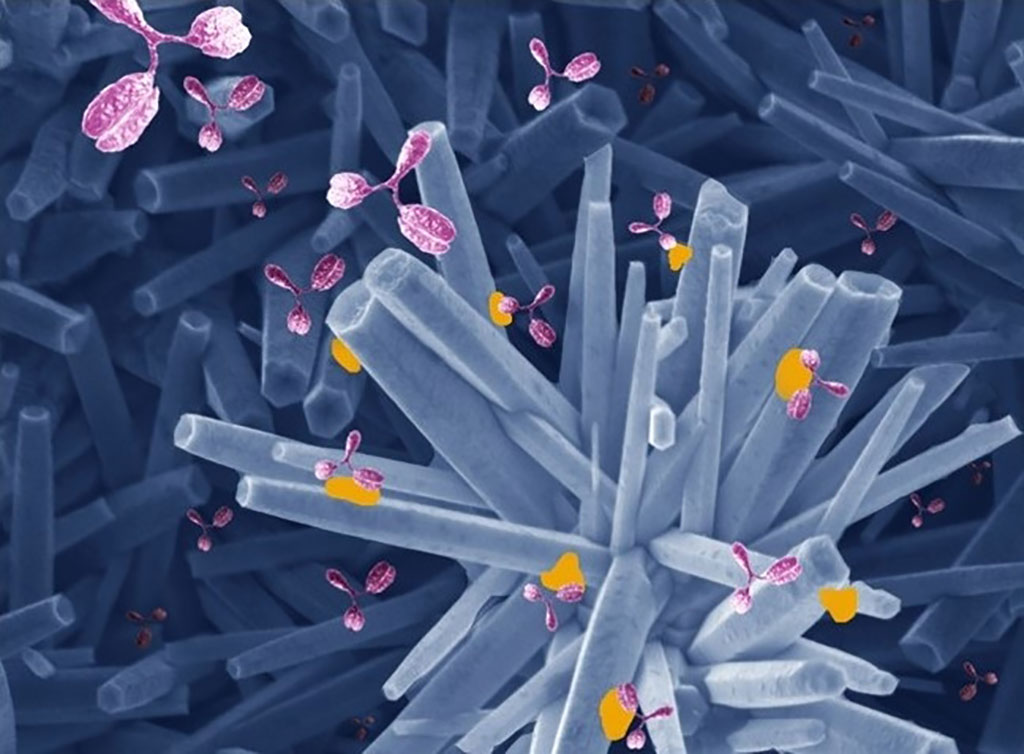3D Printing Paves Way for New Type of COVID-19 Lateral Flow Test with More Capabilities
By LabMedica International staff writers
Posted on 11 May 2021
Researchers have developed a 3D printing technique that extends the possibilities of COVID-19 lateral flow tests and enable production of quick, cheap, and easy to use advanced diagnostic tests.Posted on 11 May 2021
Using a 3D printer, bioengineers at KU Leuven (Leuven, Belgium) have fabricated a 3D version of a lateral flow test. The basis is a small block of porous polymer, in which ‘inks’ with specific properties are printed at precise locations. In this way, a network of channels and small ‘locks’ is printed that let the flow through or block it where and when necessary, without the need for moving parts. During the test, the sample is automatically guided through the different test steps. That way, even complex protocols can be followed.

Image: 3D Printing Paves Way for New Type of COVID-19 Lateral Flow Test with More Capabilities (Photo courtesy of Ameloot Group)
The researchers evaluated their technique reproducing an ELISA test (Enzyme-Linked Immunosorbent Assay), which is used to detect immunoglobulin E (IgE). Ig E is measured to diagnose allergies. In the lab, this test requires several steps, with different rinses and a change in acidity. The research team was able to run this entire protocol using a printed test kit the size of a thick credit card. The technique not only offers opportunities for cheaper and faster diagnosis in developed countries, but also in countries where the medical infrastructure is less accessible and where there is a strong need for affordable diagnostic tests. The 3D printing technique is also affordable and scalable.
“The great thing about 3D printing is that you can quickly adapt a test’s design to accommodate another protocol, for example, to detect a cancer biomarker. For the 3D printer it does not matter how complex the network of channels is,” said Dr. Cesar Parra. “In our lab, producing the Ig E prototype test costs about USD 1.50, but if we can scale it up, it would be less than USD 1.”
Related Links:
KU Leuven














